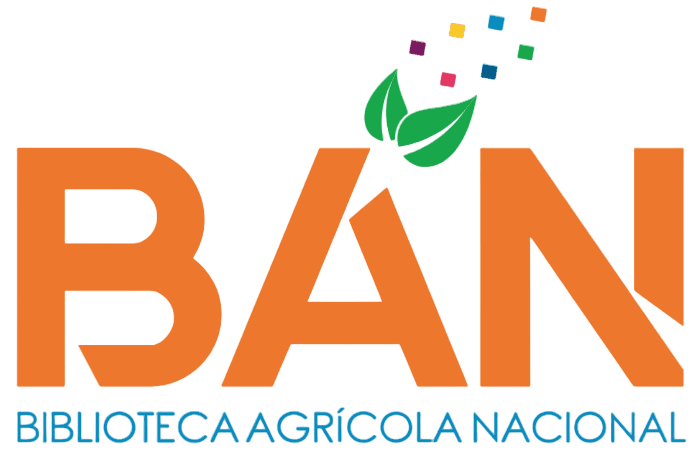Elaboración de bioabonos usando residuos sólidos de camal y agentes descomponedores, su efecto en el cultivo de rábano Guamote, Ecuador
Loading...
Código QR
Authors
Coque Tutasig, Angélica Maricela
Contact Email
Abstract
La generación de desechos orgánicos es un problema global, especialmente en América Latina debido a la inadecuada gestión de residuos sólidos y líquidos que afecta al suelo, aire y agua. Muchos gobiernos han implementado leyes para reducir el impacto ambiental, pero las empresas privadas y el sector público a menudo demuestran poco interés y apoyo para la gestión sostenible de los residuos. A su vez, el comercio de carne y ganado sigue generando una serie de problemas ambientales y sanitarios. Camales y centros de faenamiento pueden ser una valiosa alternativa debido a los recursos proteicos presentes en sus desechos, como la sangre, el contenido ruminal y el estiércol, que si bien no son utilizados en esa forma podrían representar ser una fuente valiosa para crear bioabonos. A partir de ello el objetivo del preente proyecto de investigación busco utilizar los residuos sólidos del rumen de los vacunos faenados en el camal del cantón Guamote-Ecuador para crear fertilizantes a través de microorganismos descomponedores, como; suero de leche, enzimas y tricodermas, evaluando características fisicoquímicas y microbiológicas para hacer un estudio de suelo donde se aplicó dicho producto en un estudio de campo experimental sobre un cultivo de rábano. Los resultados indicaron que el bioabono con tricoderma presenta un potencial positivo tanto por sus propiedades que favorecen en el crecimiento, por sus aportes en el valor nutricional de la hortaliza estudiada, y por los bajos costos para su producción, aportando al medio ambiente y la calidad de vida de la población.
Organic waste generation is a global problem, especially in Latin America due to inadequate solid and liquid waste management that affects soil, air and water. Many governments have implemented laws to reduce the environmental impact, but private companies and the public sector often show little interest and support for sustainable waste management. At the same time, the meat and livestock trade continue to generate a number of environmental and health problems. Feedlots and slaughterhouses can be a valuable alternative due to the protein resources present in their waste, such as blood, rumen content and manure, which, although not used in this way, could represent a valuable source for creating biofertilizers. The objective of the present research project was to use solid residues from the rumen of cattle slaughtered in the Guamote-Ecuador canton to create fertilizers through decomposer microorganisms, such as whey, enzymes and trichoderma, evaluating physicochemical and microbiological characteristics to make a soil study where this product was applied in an experimental field study on a radish crop. The results indicated that the biofertilizer with trichoderma has a positive potential for its growth-promoting properties, for its contribution to the nutritional value of the vegetable studied, and for the low cost of its production, contributing to the environment and the quality of life of the population.
Organic waste generation is a global problem, especially in Latin America due to inadequate solid and liquid waste management that affects soil, air and water. Many governments have implemented laws to reduce the environmental impact, but private companies and the public sector often show little interest and support for sustainable waste management. At the same time, the meat and livestock trade continue to generate a number of environmental and health problems. Feedlots and slaughterhouses can be a valuable alternative due to the protein resources present in their waste, such as blood, rumen content and manure, which, although not used in this way, could represent a valuable source for creating biofertilizers. The objective of the present research project was to use solid residues from the rumen of cattle slaughtered in the Guamote-Ecuador canton to create fertilizers through decomposer microorganisms, such as whey, enzymes and trichoderma, evaluating physicochemical and microbiological characteristics to make a soil study where this product was applied in an experimental field study on a radish crop. The results indicated that the biofertilizer with trichoderma has a positive potential for its growth-promoting properties, for its contribution to the nutritional value of the vegetable studied, and for the low cost of its production, contributing to the environment and the quality of life of the population.
Description
Universidad Nacional Agraria La Molina. Escuela de Posgrado. Maestría en
Ciencias Ambientales
Keywords
Abono orgánico
Citation
Date
2025
Collections
Seleccionar año de consulta:
Licencia de uso

Excepto si se señala otra cosa, la licencia del ítem se describe como info:eu-repo/semantics/openAccess

